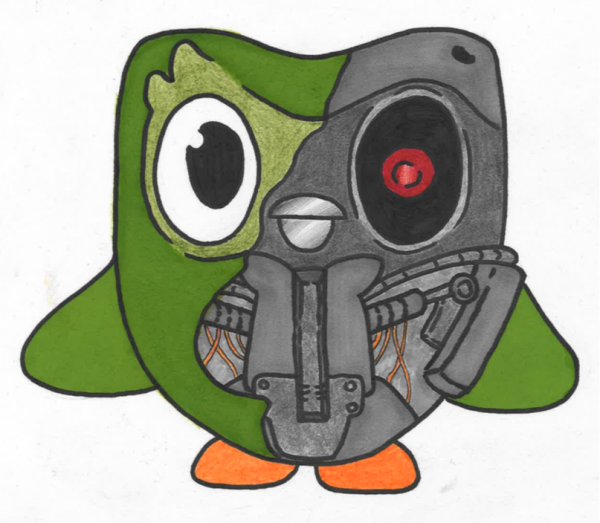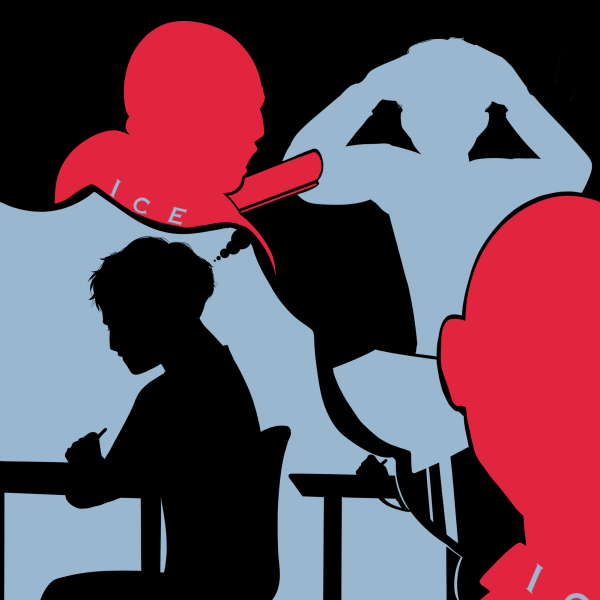Poorly made Nintendo Switch Joy-Cons dismay fans
Nintendo’s Joy-Cons on their Switches have proven to be considerably worse than their other console counterparts.
On March 3, 2017, the Nintendo Switch was released. After the disappointment of the Wii U, fans were excited and expecting a great Nintendo product. While the Switch was praised and loved by many, it included its own flaws that have led to lawsuits directed against the Japanese gaming behemoth.
Many of the issues that have been identified in the Switch are a direct result of the Switch’s overall flimsy design. The Switch is known for its poor loading times, lack of storage and the most infamous fault—the Joy-Con drift. The Switch is seen as the latest purely viable Nintendo console since the release of the GameCube back in 2001. The reason for that specific sentiment is that while the Wii and the Wii U had thousands of games, they were seen more as an attempt to compete against Microsoft’s Xbox and Sony’s PlayStation series rather than truly advance the Nintendo brand. With the release of the Switch, fans expected a new era of games from Nintendo, and while games from Nintendo and third party developers are in abundance, the console those games are available on happens to be a lot less powerful than fans would’ve expected.
Now, specifically for the most hated flaw of the Switch, let’s examine the Joy-Con drift issue. Many gamers and gaming critics agree that Nintendo has made the console poorly by comparing it to previous Nintendo consoles and competing consoles such as the Xbox One or the PlayStation 4. The Joy-Cons have been repeatedly shown to have “joystick drift,” which is when the joysticks on the controllers move around randomly without being physically manipulated. This problem exists in every controller that has joysticks, but the Switch is explicitly notorious for this because it’s happening much sooner than it should be, and it wouldn’t be happening had the controllers been made well in the first place.
Nintendo is now offering a service in which those affected by this issue can send in their broken Joy-Con controllers wherein Nintendo will fix and return them for free. While this sounds like an excellent solution to this problem, it’s not. Rather than getting rid of the faulty components and replacing them with entirely different parts, they use the same parts that had originally been the cause of the controller drift—meaning that the controllers are only temporarily fixed, and you’ll have to send them in again or buy new ones. Nintendo is known for doing this kind of underhanded tactic in an attempt to increase sales. No one wants to send in their controllers a second time and have to wait a week or more for them to get returned, but spending another $60 on a new set of controllers sounds even more outrageous.
In the past, Nintendo had been a lot more lenient with pricing. A good example of this is back in 2011, with the release of “The Legend of Zelda: Skyward Sword”. They had a bundle deal to purchase the game, the soundtrack and the game’s specially designed WiiMote all for $60. Nowadays, the game, the controllers and other accessories all cost $60 or more individually. On top of the flimsy design of the newer Nintendo products, the expensive accessories and games are put in a perspective that long-time fans simply cannot ignore. If these shenanigans continue, fed-up Nintendo fans might be inclined to migrate for good to other game companies.

Marshall Durand-Mesrobian is a senior at Columbia Heights High School. They are the Feature Editor at The Heights Herald and have a hamster named Serj...







